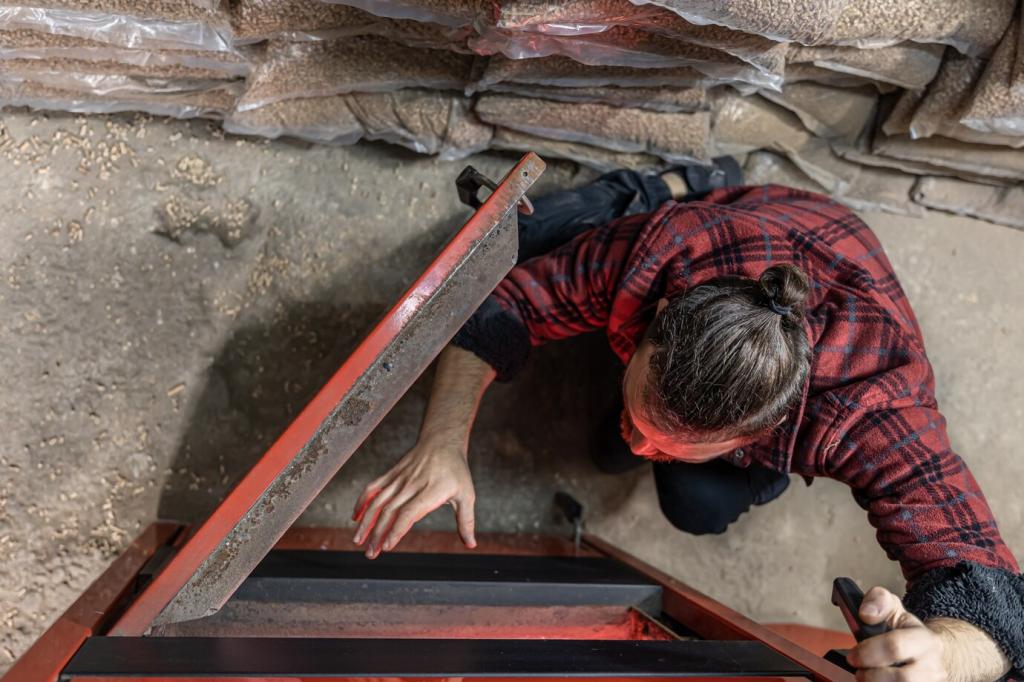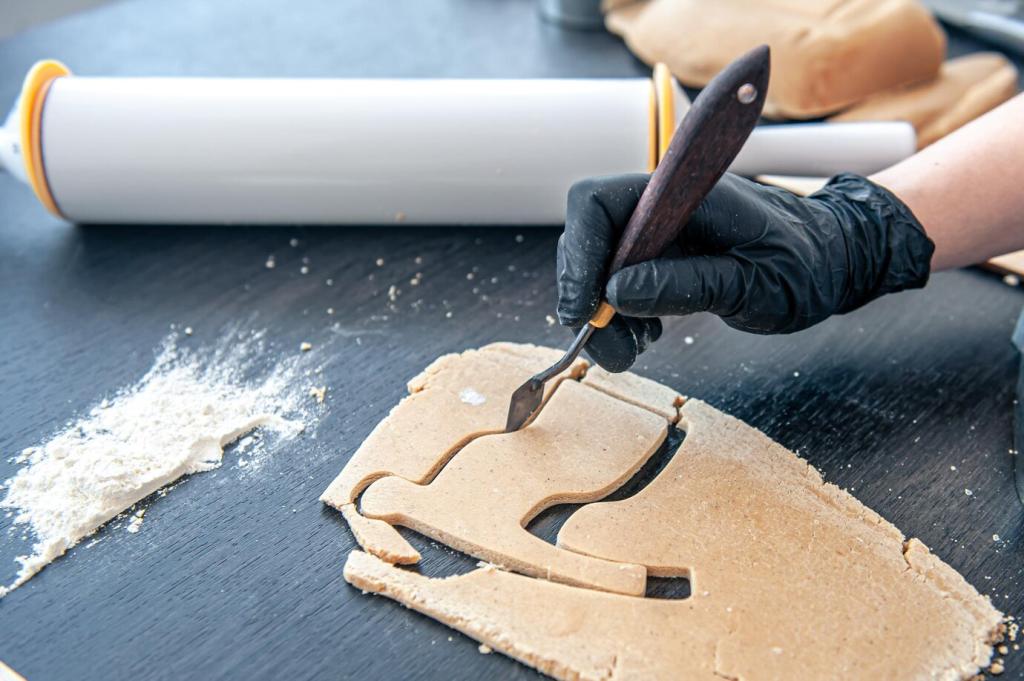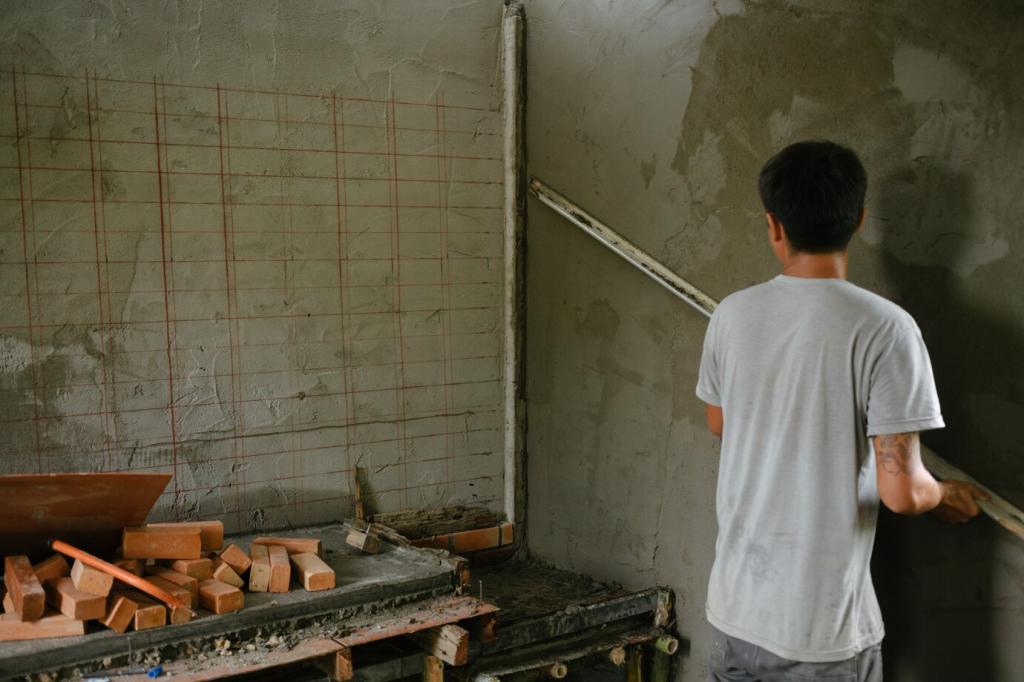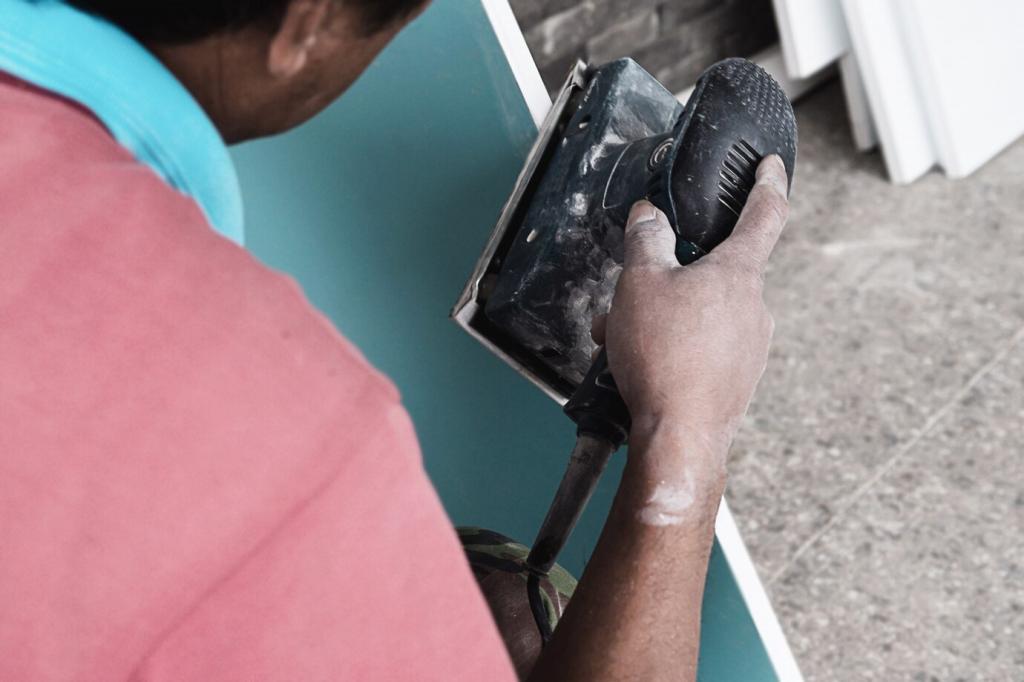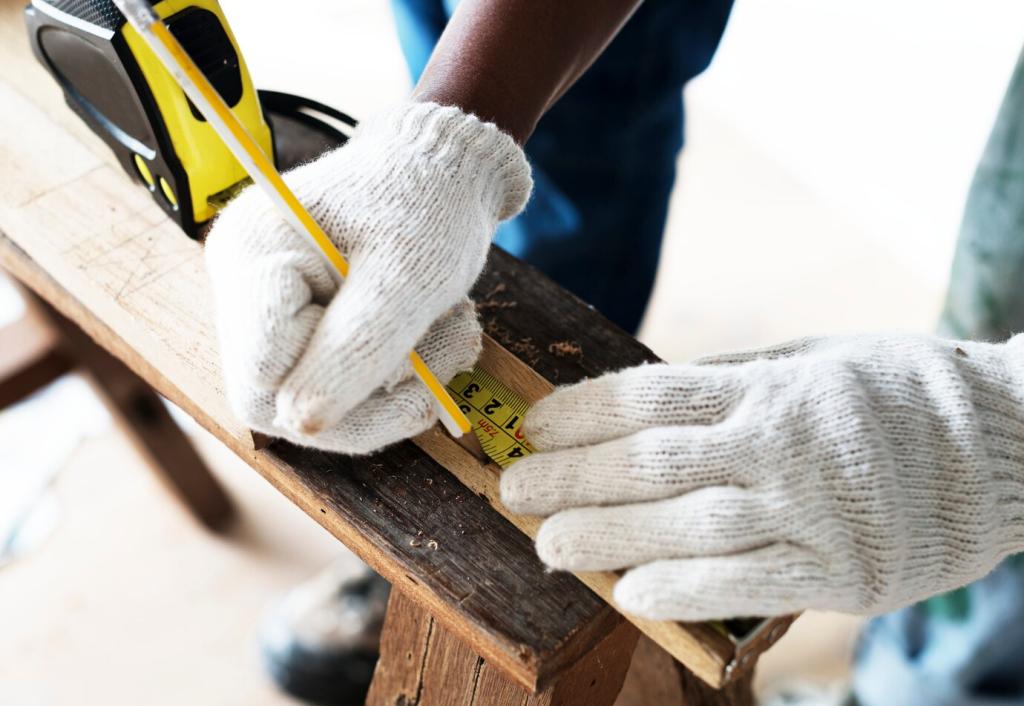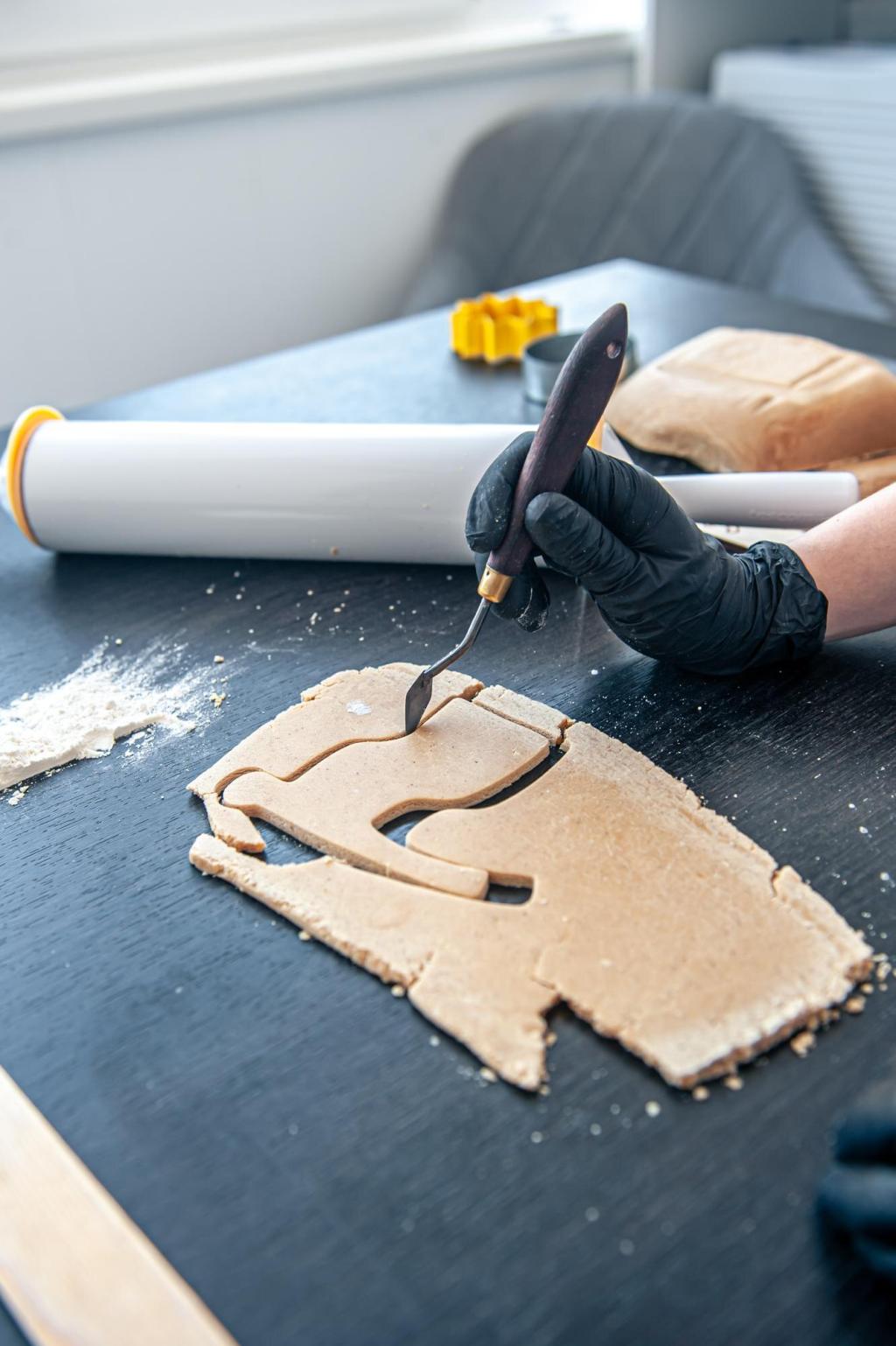Troubleshooting, Tool Care, and Workshop Environment
Holidays signal thin size or uneven wetting; creep suggests drafts; lifting indicates contaminated grounds. Keep a log of failures and fixes. Ask the community for advice whenever a mystery blemish defies your usual solutions.
Troubleshooting, Tool Care, and Workshop Environment
Degrease tips with gentle breath and magnesium carbonate, protect cushions from stray drafts, and hone knives lightly. Proper care yields cleaner cuts and calmer lays. Share your maintenance rituals to extend tool life significantly.

